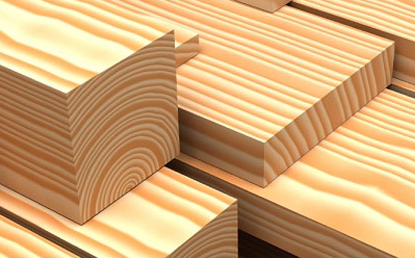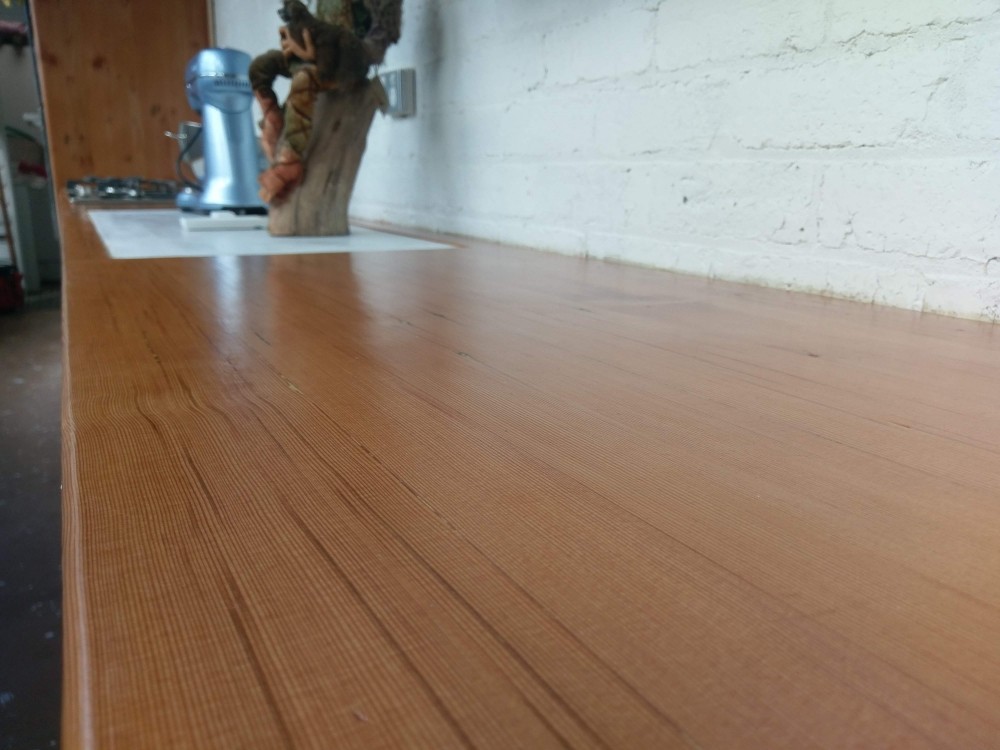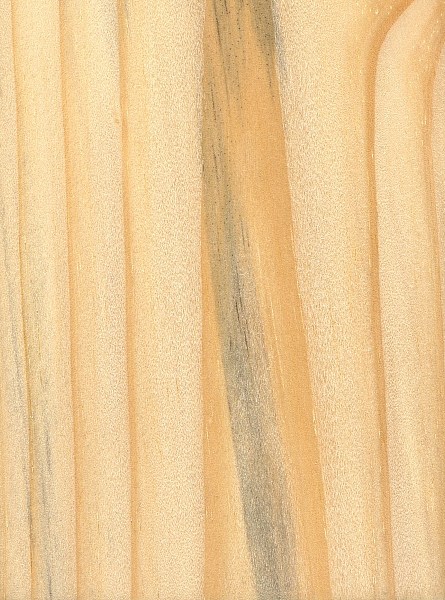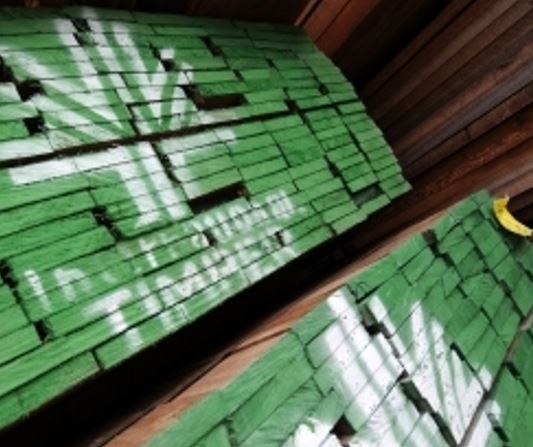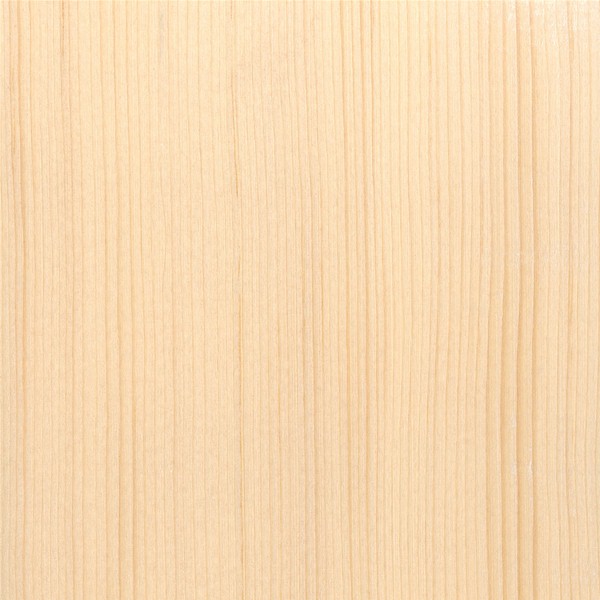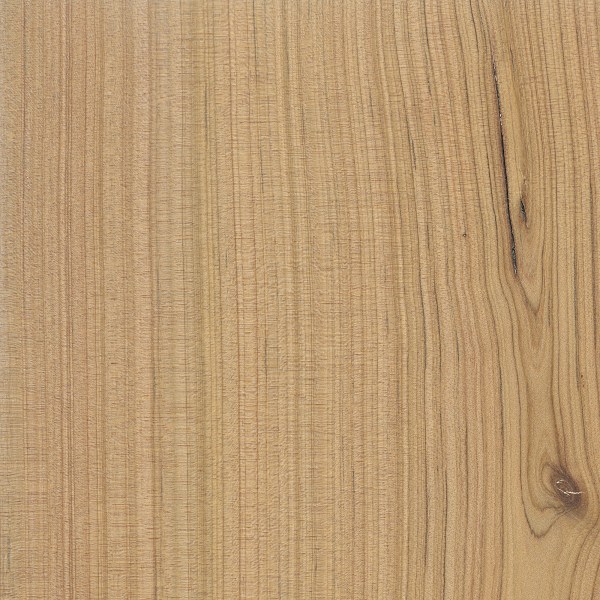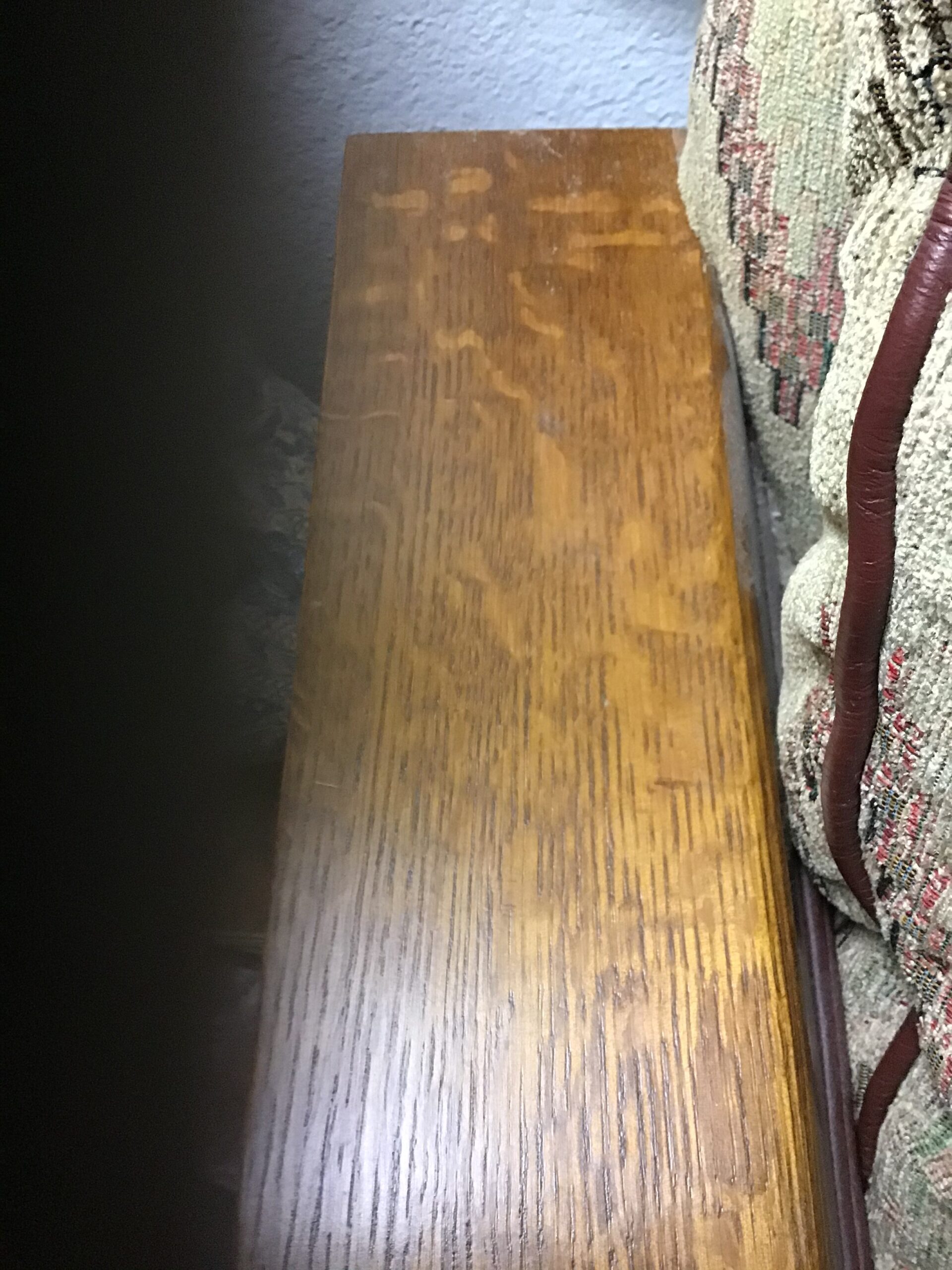Comparing And Contrasting Hardwood And Softwood Trees

Now that you know what the difference is between hardwood and softwood stay tuned for part two where we talk about the differences between hardwood and softwood applications and what you can use.
Comparing and contrasting hardwood and softwood trees. In reality the technical distinction has to do with the reproductive biology of the species. The primary difference between hardwood and softwood trees in a landscape is that hardwoods shed their leaves once a year whereas softwood trees retain their leaves throughout the year. Gymnosperm is a greek term meaning naked seed these trees are usually evergreen conifers such as spruce or pine trees. Softwood hardwood comes from deciduous trees that drop their leaves every year.
This means that the leaves fall off in autumn and the tree remains leafless through springtime. This happens to be generally true but there are exceptions such as in the cases of wood from yew trees a softwood that is relatively hard and wood from balsa trees a. Trees with seeds that are enclosed such as within a shell or fruit are categorized as hardwood. Softwood trees include cedar fir hemlock pine redwood and spruce.
Stay tuned for part 2. Additionally trees with enclosed seeds are known as gymnosperms while those. This article is a one stop guide to provide some insights into the traditional classification of wood. Distinctions between hardwood and softwood.
A thorough understanding of how to distinguish hardwoods from softwoods is essential as you make your choices for the next project. On the other hand softwood conifers do not pass the winter with bare branches. From angiosperm trees that are not monocots and usually broad leaved and has vessel elements that transport water throughout the wood hardwood is formed and these elements appear as pores under a microscope. Classifying wood as either a hardwood or softwood comes down to its physical structure and makeup and so it is overly simple to think of hardwoods as being hard and durable compared to soft and workable softwoods.
If your landscape consists primarily of softwood trees you won t have to worry about leaves blanketing your lawn and restricting your grass of sunlight. Hardwood and softwood and the distinctive set of characteristics of each type of wood which will determines the aesthetic and intrinsic strength of the. More specifically the type of seeds produced by a tree determines whether it is hardwood or softwood. Softwoods are conifers which have needles rather than traditional leaves and retain them through the winter.
In a home softwoods primarily are used as structural lumber such as 2x4s and 2x6s with limited decorative applications. Hardwood information specifies that hardwood trees are deciduous. A few simple tests help you differentiate hardwood from softwood trees. Similarities and differences of hardwood and softwood differences.
Tends to keep leave all year sheds leaves over a period of time softwood is. Conifer trees have needles normally do not lose them. Although sometimes old needles.

